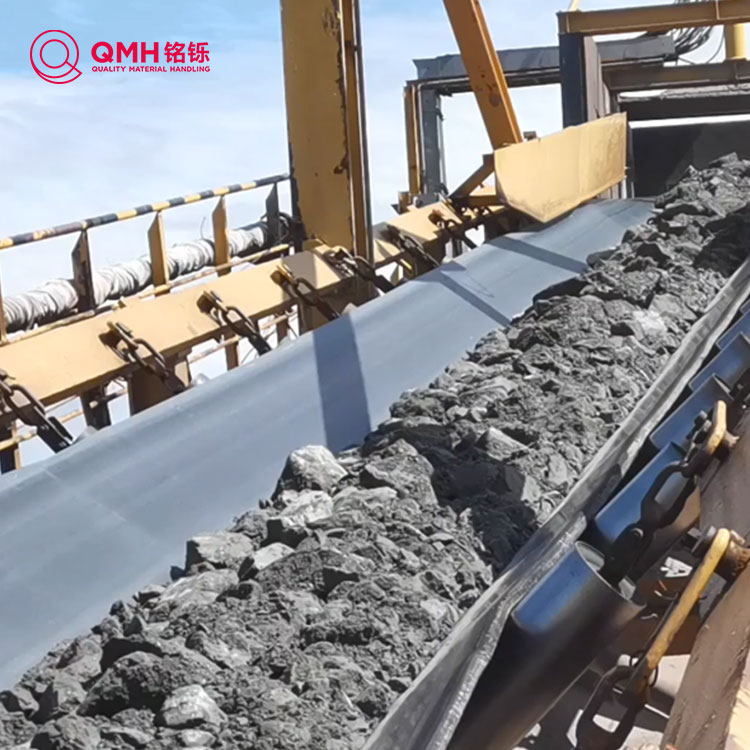Choosing the Right Conveyor Belt for Your Industry
2025-04-23
Introduction:
Choosing a conveyor belt might seem like a small decision, but it can significantly impact your business operations. With the right type, you’ll improve efficiency, reduce downtime, and increase safety. So how do you make the right call?
1. Consider the Material You’re Moving
Different materials demand different features:
- Heavy loads? Go for steel-reinforced belts.
- Food products? Choose belts made with FDA-approved materials.
- Sharp or abrasive items? Use belts with high durability and tear resistance.

2. Think About the Environment
Will the conveyor operate:
- Indoors or outdoors?
- In wet or dry conditions?
- At high or low temperatures?
Example: A bakery might need heat-resistant belts, while a recycling facility could benefit from oil-resistant belts.
3. Look at Conveyor Speed & Incline
Faster isn’t always better. A belt moving too quickly can cause product slippage or machine strain. Inclines require cleated belts or rough top surfaces to prevent items from sliding back.
4. Maintenance Matters
Choose belts that are easy to clean and replace. A modular belt design can cut downtime during repairs.
5. Partner with the Right Supplier
Work with suppliers who offer:
- Customizable belt options
- Installation and maintenance support
- Long-term warranties
Conclusion:
A well-chosen conveyor belt isn’t just a piece of equipment—it’s a productivity powerhouse. Know your materials, environment, and operational needs, and you’ll be on the path to smoother operations and better results.


